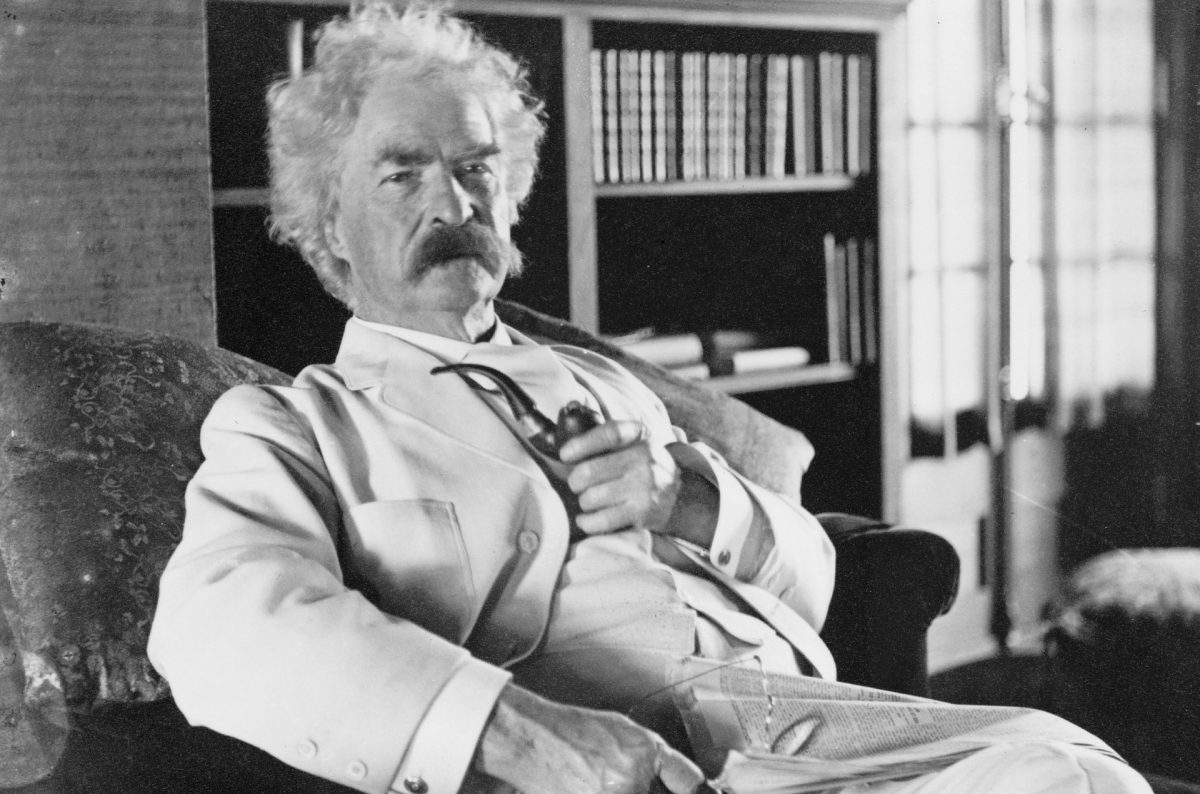
The Damned Human Race
I have been studying the traits and dispositions of the “lower animals” (so-called), and contrasting them with the traits and dispositions of man. I find the result humiliating to me.

I have been studying the traits and dispositions of the “lower animals” (so-called), and contrasting them with the traits and dispositions of man. I find the result humiliating to me.

Most opposition to abortion relies on the premise that the fetus is a human being, a person, from the moment of conception. The premise is argued for, but, as I think, not well.
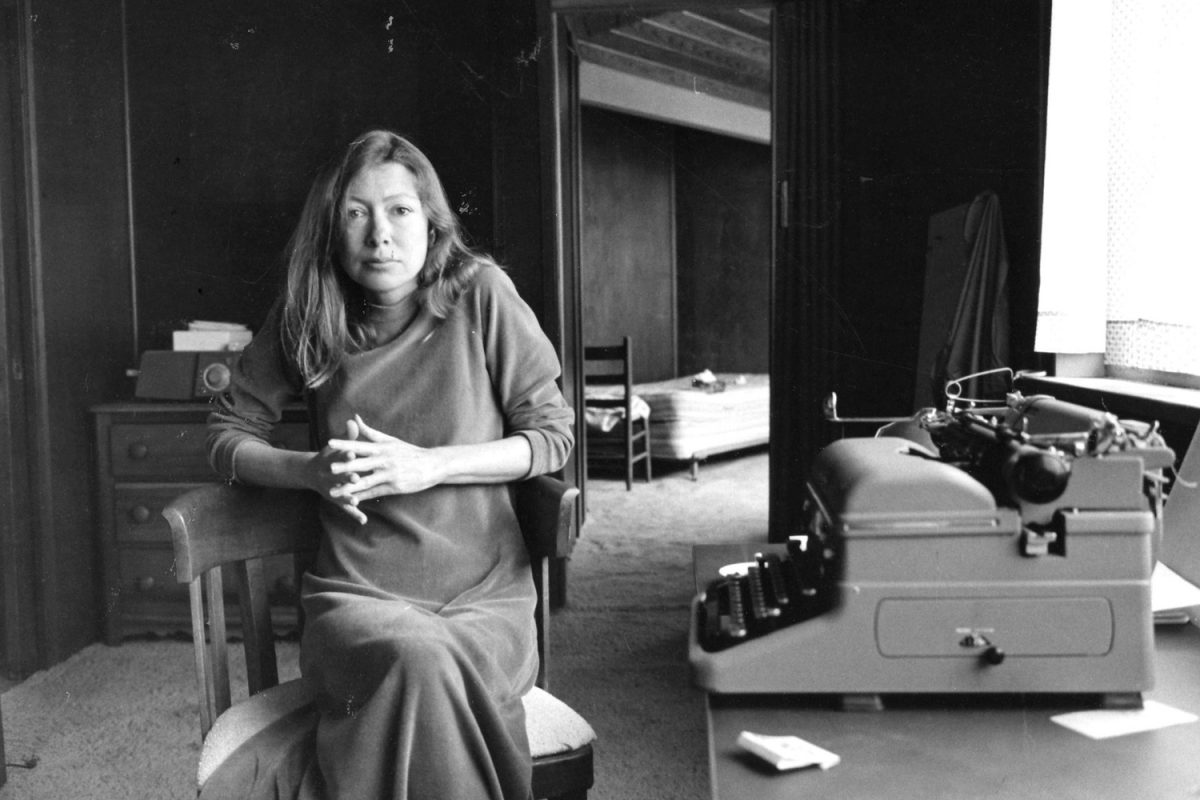
Why did I write it down? In order to remember, of course, but exactly what was it I wanted to remember? How much of it actually happened? Did any of it? Why do I keep a notebook at all?
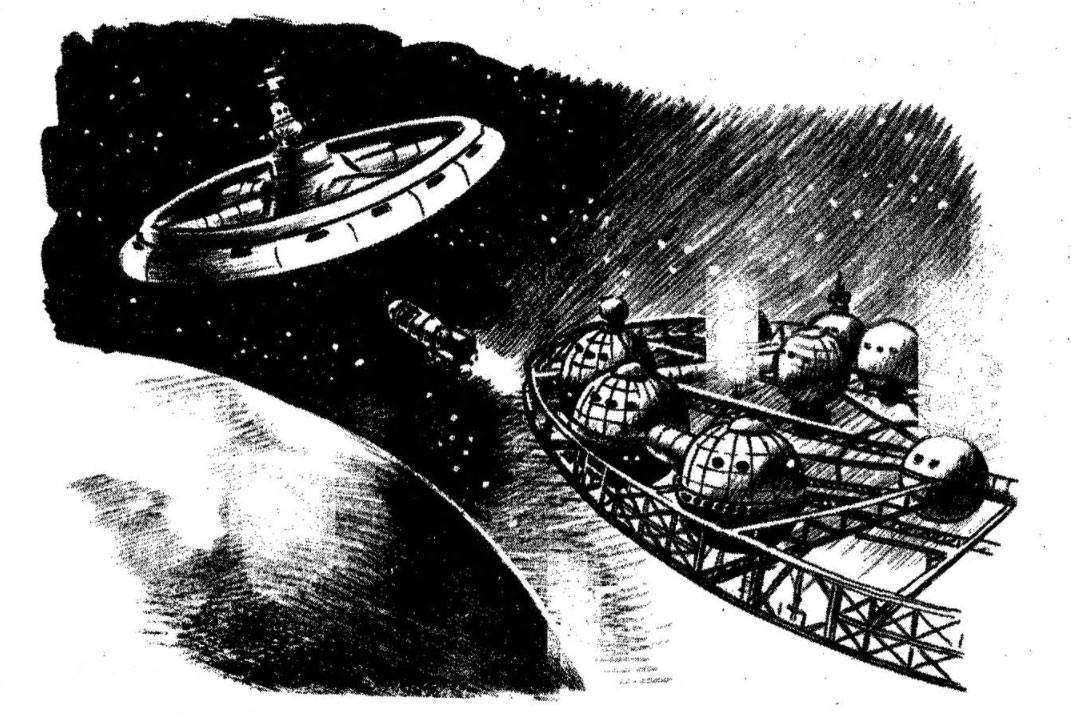
A scientist who writes fiction is as rare as a dancing bear. As Samuel Johnson might have remarked on seeing such a thing in the streets of London, one is not surprised to see it done well, but simply to see it done at all.
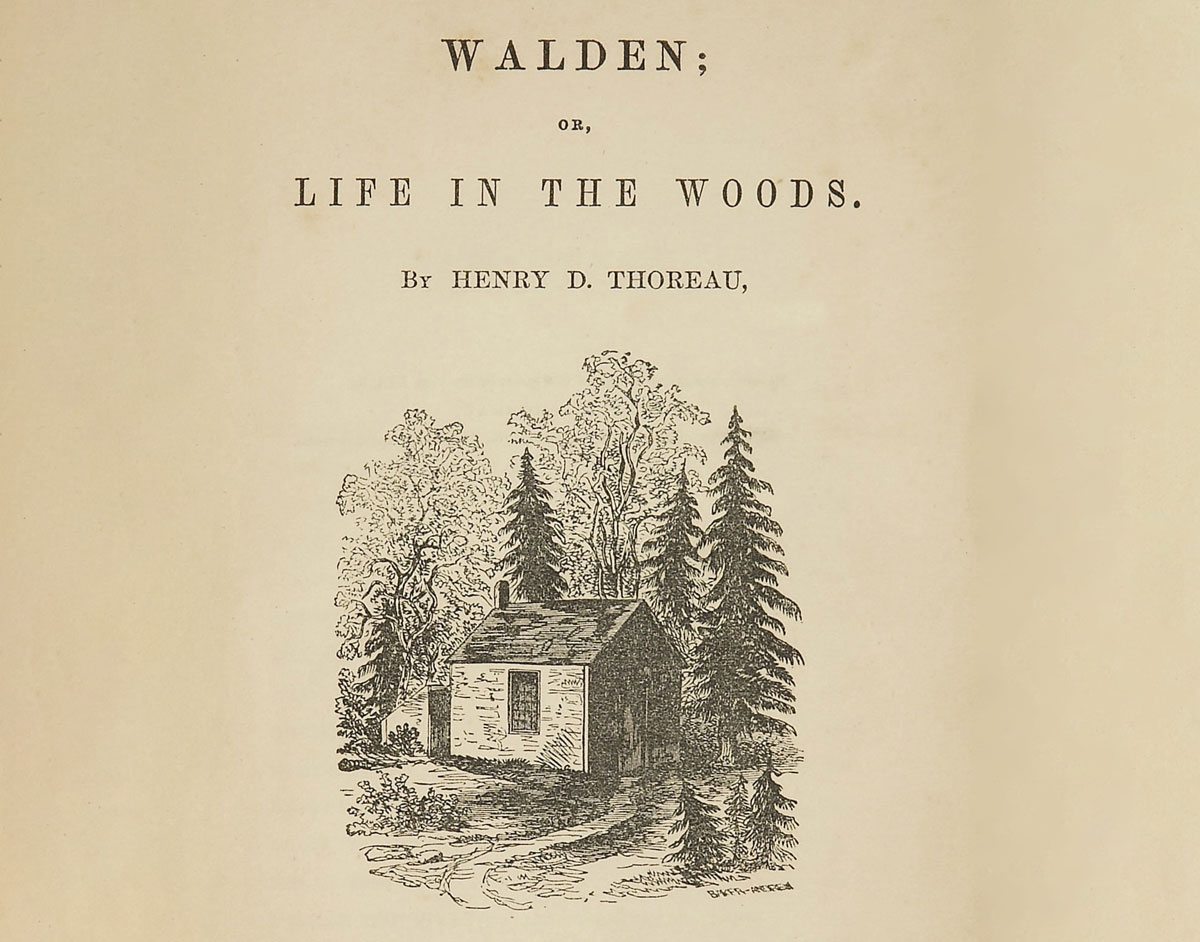
“Where I Lived, and What I Lived For” is taken from Walden. In it, Thoreau makes the argument for his going to live in the woods.
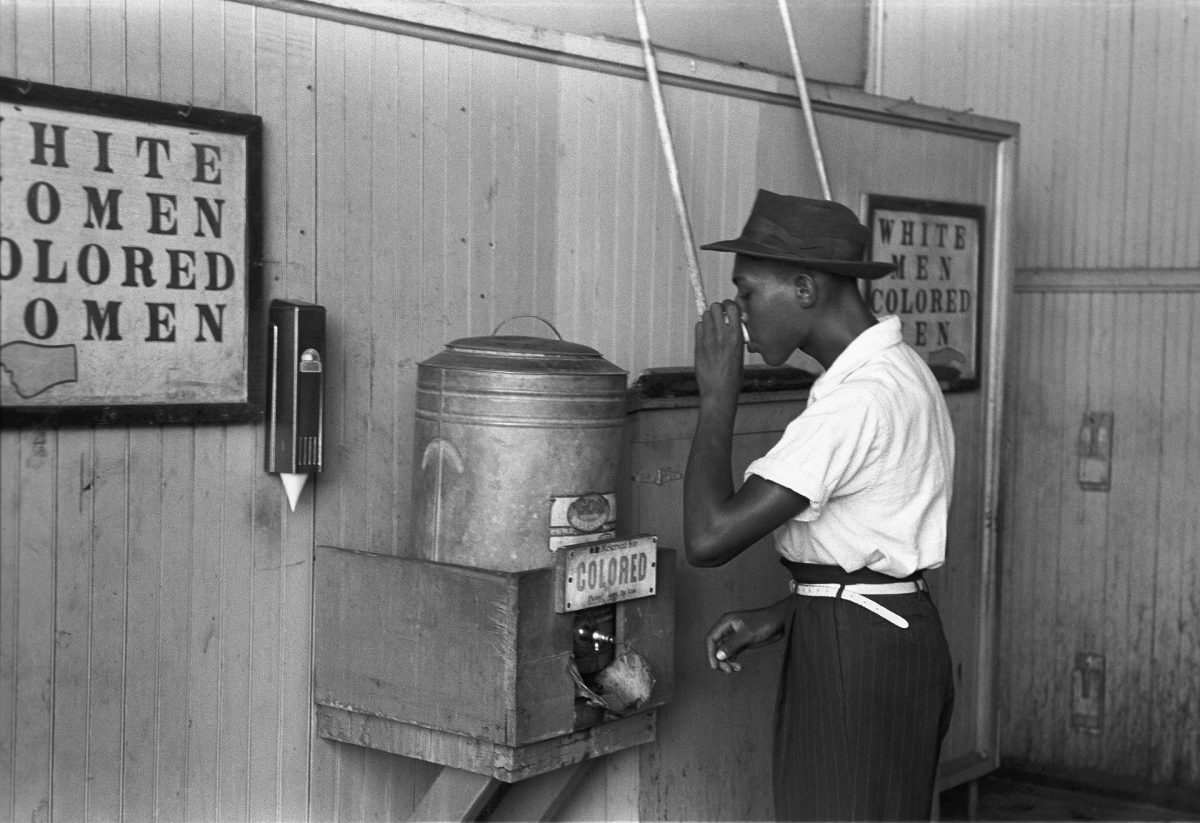
“I have no separate feeling about being an American citizen and colored. I am merely a fragment of the Great Soul that surges within the boundaries. My country, right or wrong.”
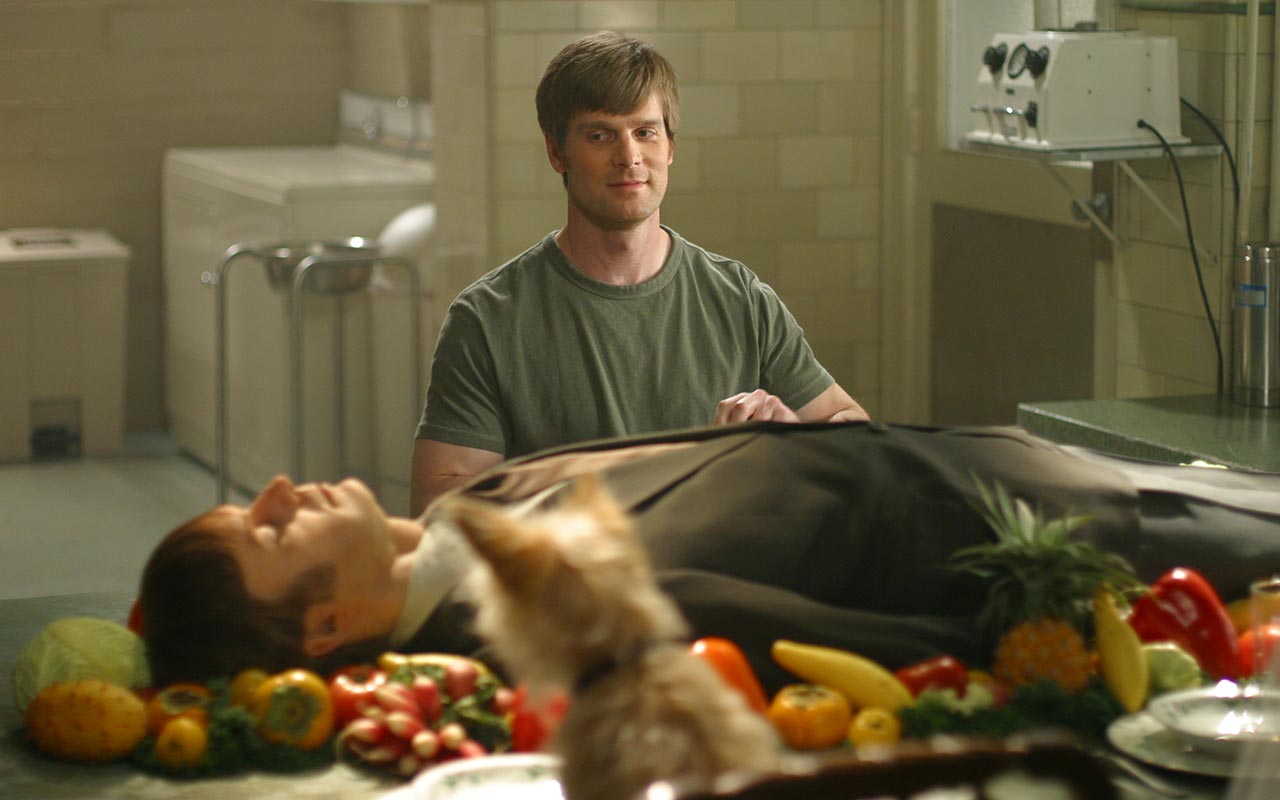
Born to the British aristocracy in 1917, Jessica Mitford rebelled against her privileged upbringing and made her own mark as a muckraking journalist with her best-selling The American Way of Death (1963), an expose of the funeral industry.
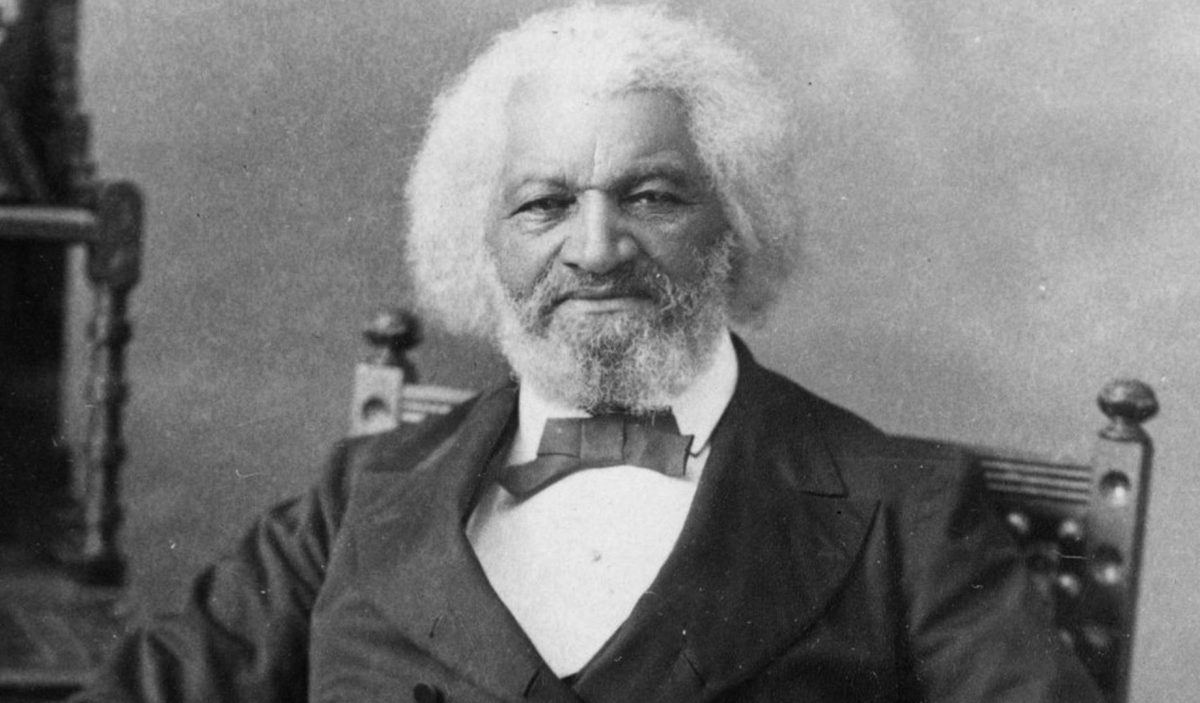
Frederick Douglass tells the story of his coming to literacy by describing the world opening up for him as he learns his letters and the range of emotions this process evokes in him.

What will be the significance of the written word now that newer mass media, less demanding psychologically and yet perhaps more potent politically, have developed
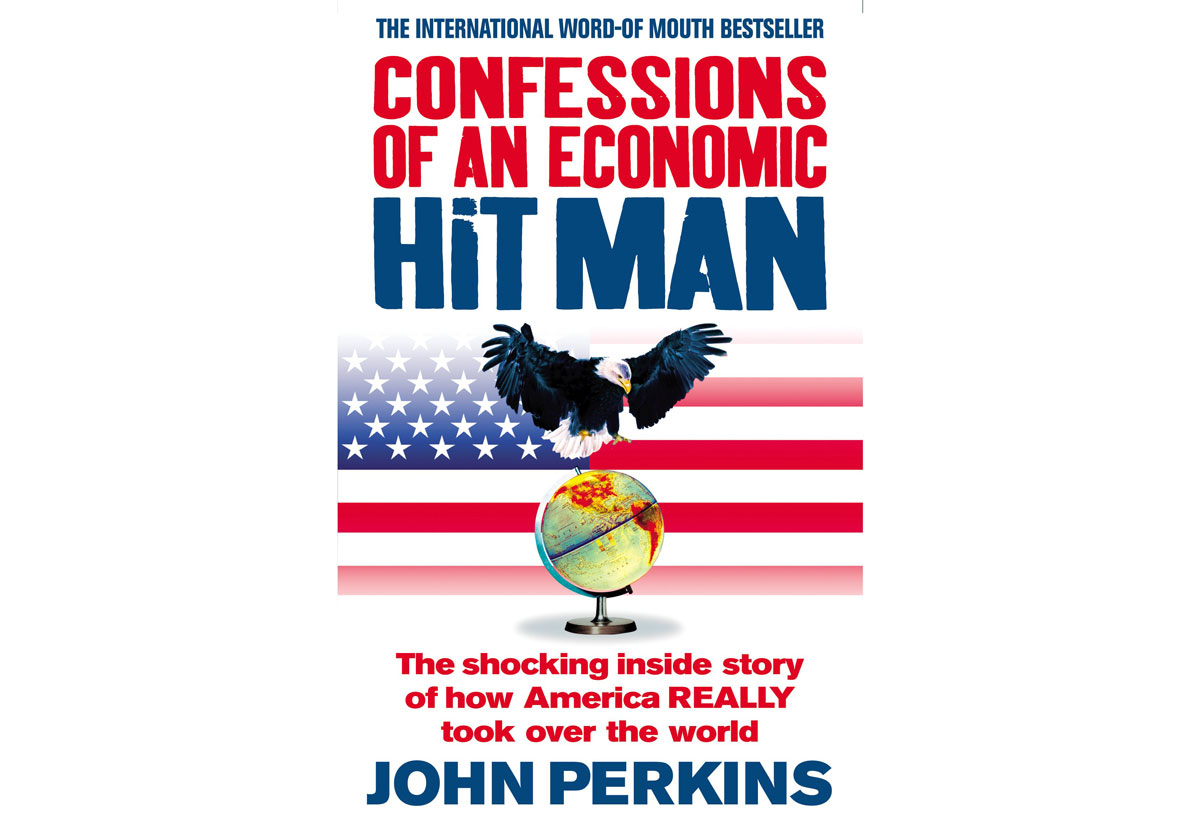
America, John Perkins tells us, is a land of innocents, and all we must do to reclaim our purity is to buy a hybrid or write our Congressman. Perkins’s account is neither honest, nor a sound analysis of global world order.
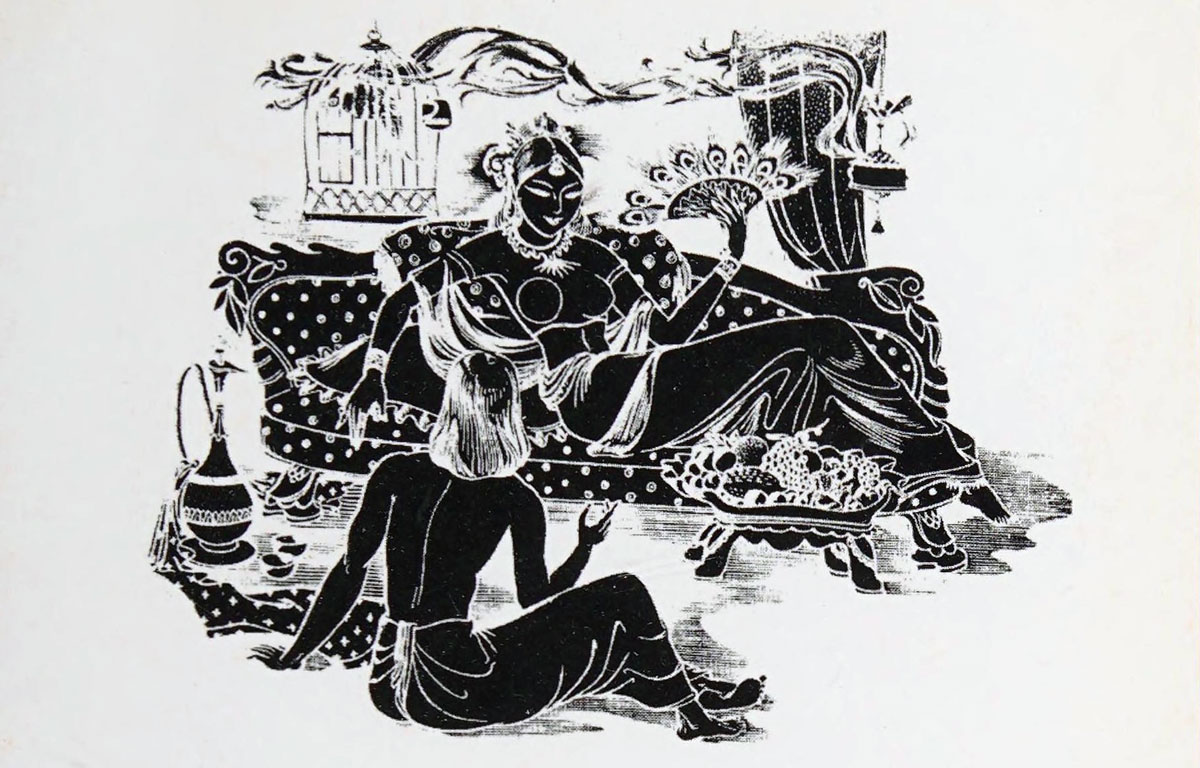
Like his heroes, who vacillate between nature und spirit, Hesse as a narrator feels conflicting impulses toward realism and lyricism. In Siddhartha he reached an extreme of symbolic lyricism.

Eco’s novel is not only an entertaining narrative of a murder investigation in a monastery in 1327. It is also a chronicle of the 14th century’s religious wars, a history of monastic orders and a compendium of heretical movements.

The protagonist of this prophetic last work of Guido Morselli is the sole survivor of the human race (H.G. of the title, which is taken from a Latin translation of the neo-Platonic philosopher Iamblichus, stands for humani generis) who ironically has returned to the world after attempting an elaborate mode of suicide in a subterranean lake inside a mountain.
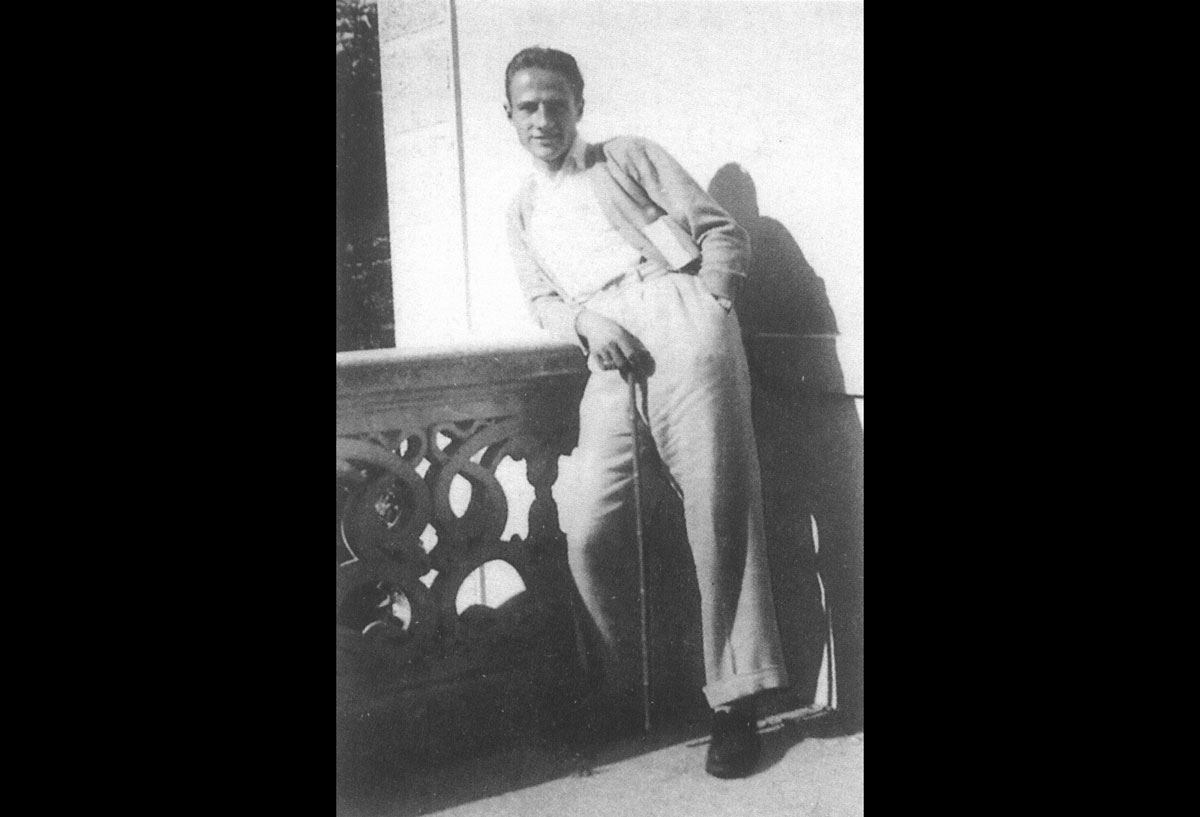
The ‘Morselli affair’ compelled the literary establishment to ask itself some awkward questions. The easiest explanation for the rejection is that his work is unlike anything else in post-war Italian fiction.
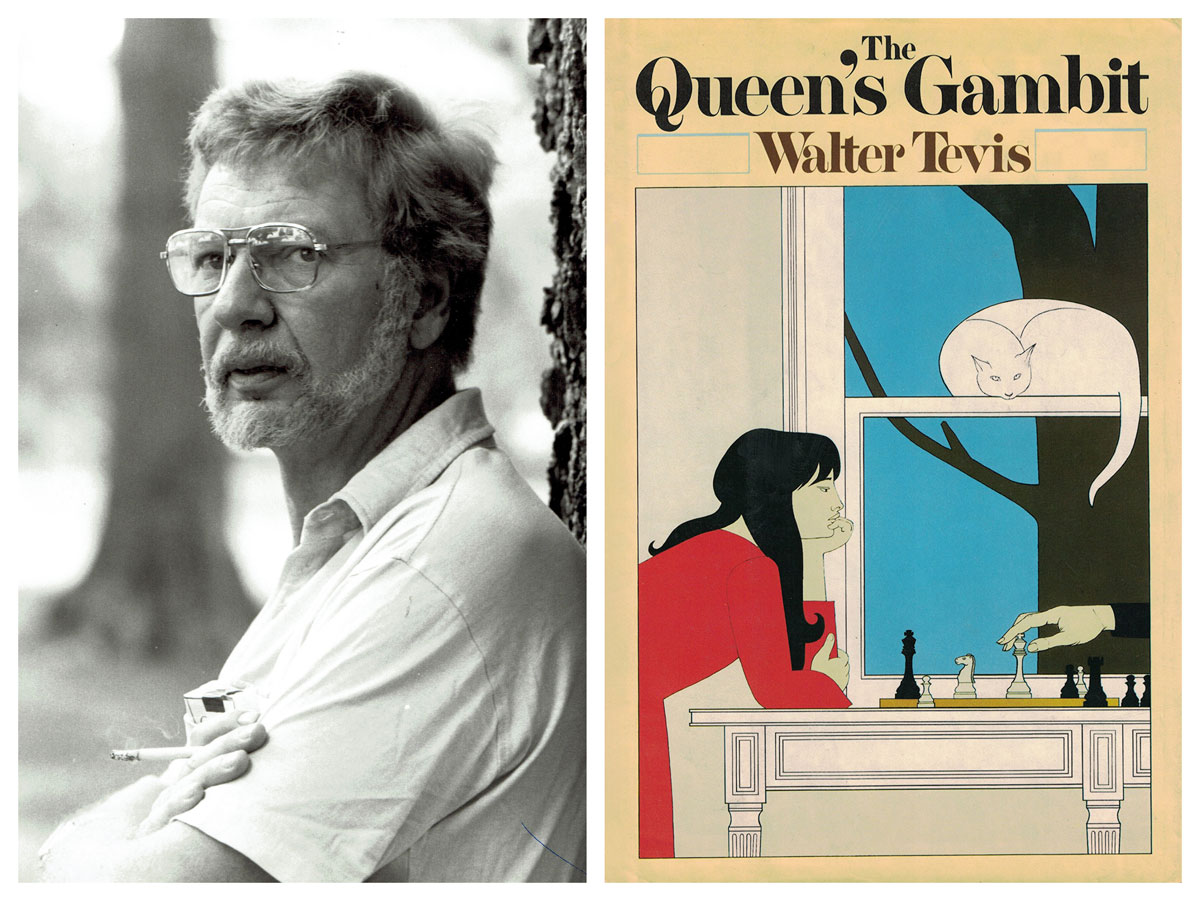
“The Queen’s Gambit” by Walter Tevis is an inspirational novel for intellectuals. It concerns the ever-more-successful career of Beth Harmon, from her early days in the Methuen Home orphanage, an institution as garishly oppressive as Dotheboys Hall in Dickens’s “Nicholas Nickleby,” to her still-youthful triumph over the Russian grandmaster of chess, Vasily Borgov.
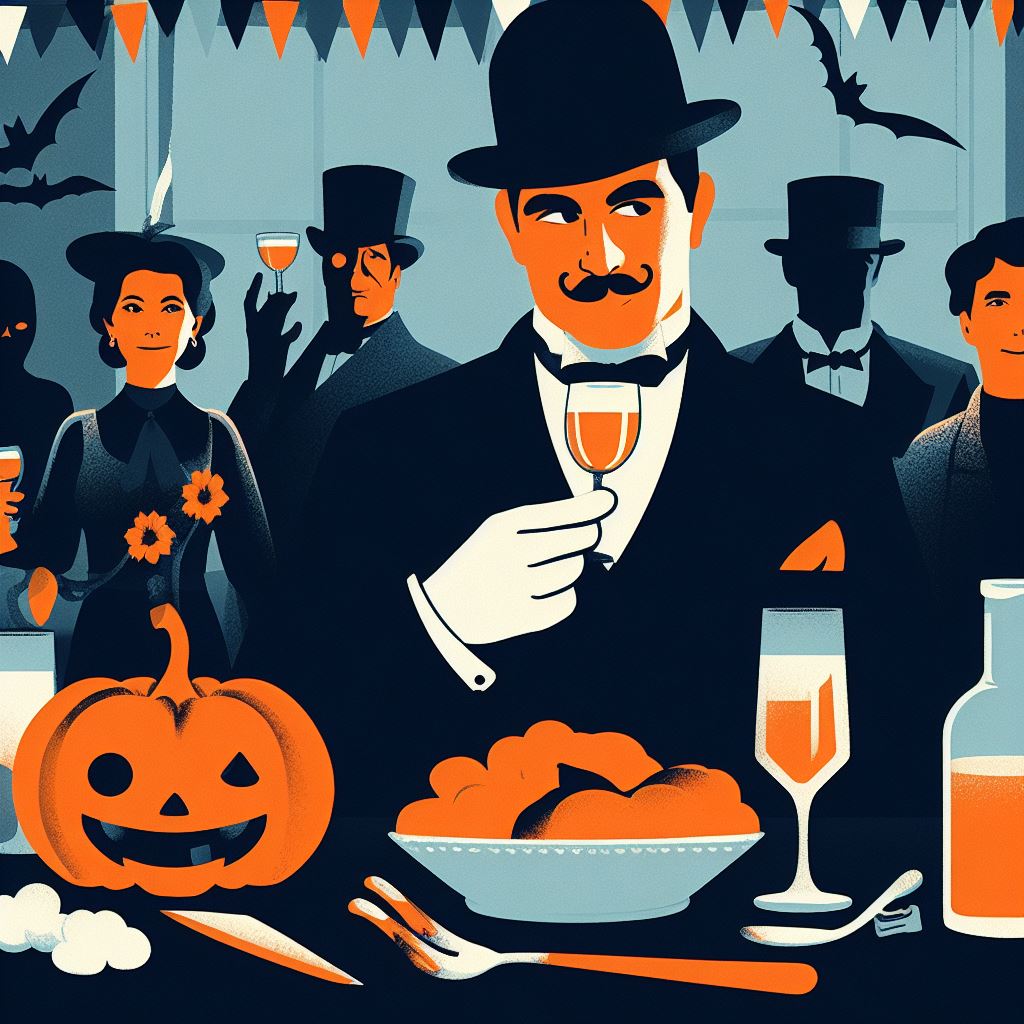
This novel weaves a web of deception and intrigue around the seemingly innocuous backdrop of a children’s Halloween party, where the unexpected becomes a haunting reality.
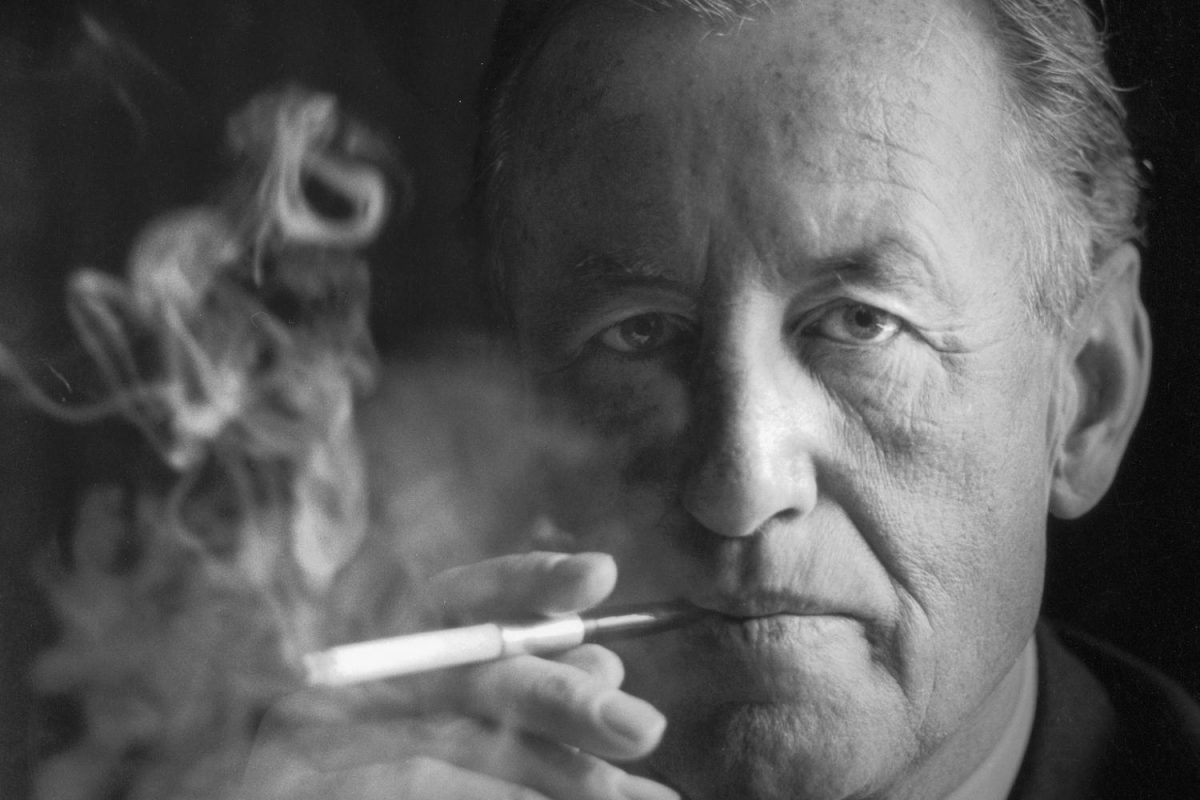
In the following excerpt, originally published in Italian in 1965, Eco offers a detailed examination of the narrative formula that Fleming employed in all the Bond novels, a strategy Eco regards as “the basis of the success of the ‘007’ saga. ”
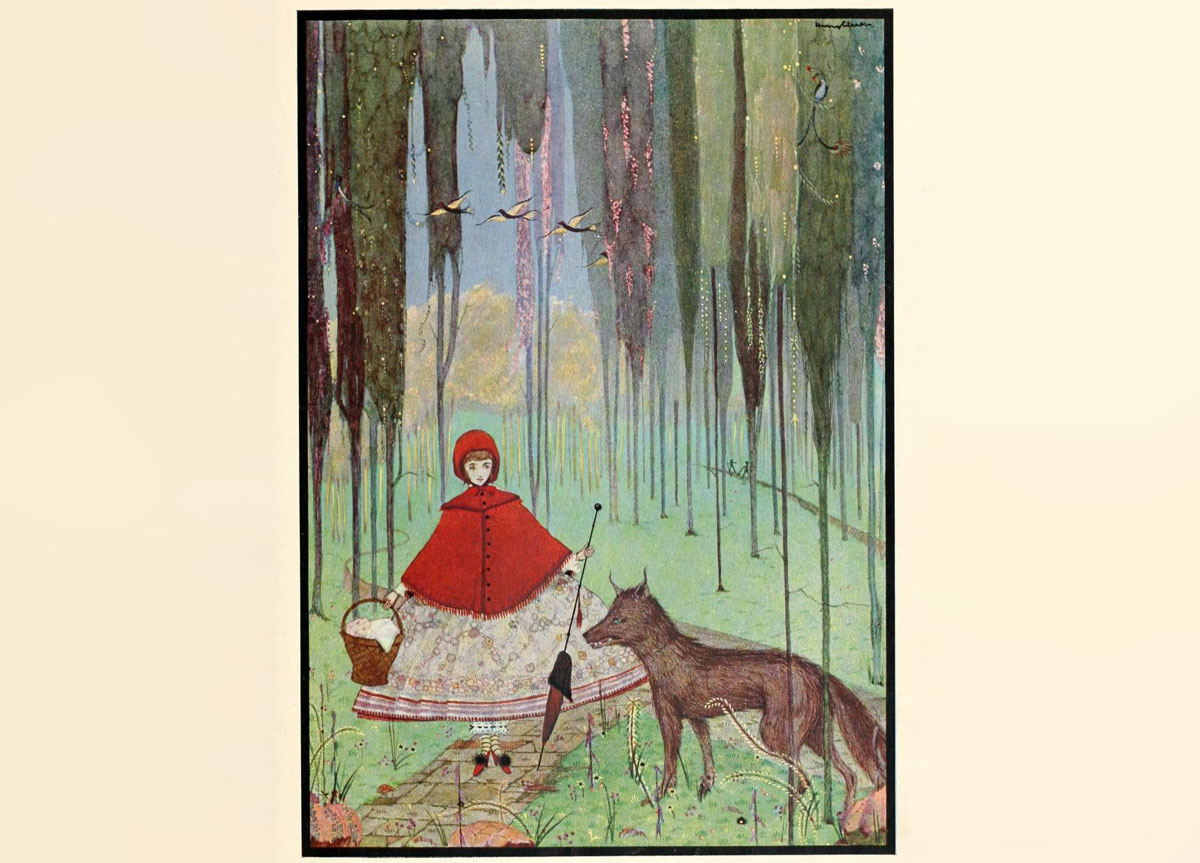
Perrault’s Little Red Riding Hood ended with both the little girl and her grandmother dead and no hunter to save them. The Grimm brothers softened the ending to suit their intention of entertainment rather than the moralizing of Perrault’s tales.
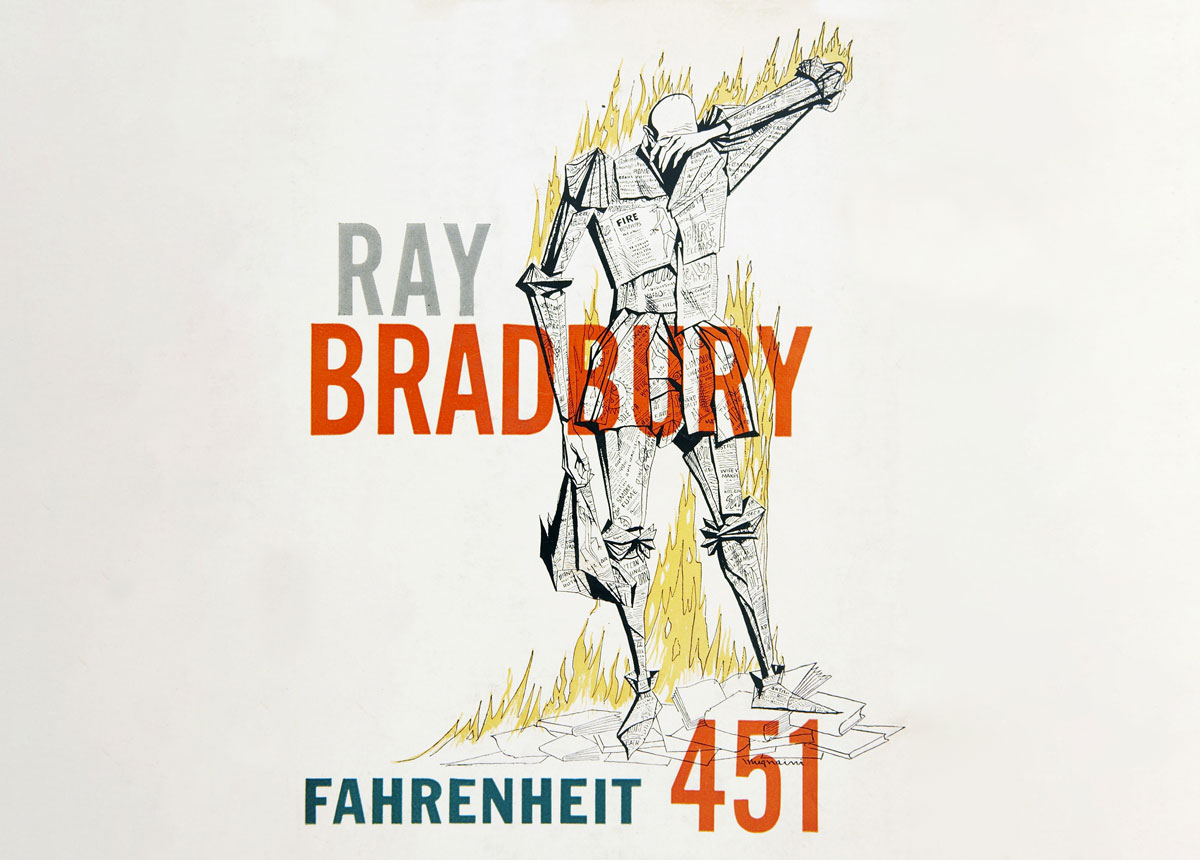
Fahrenheit 451 is an indictment of censorship and expurgation, so the fact that this book was expurgated and marketed by the publisher that way for 13 years before the author became aware of the abuse is particularly ironic.
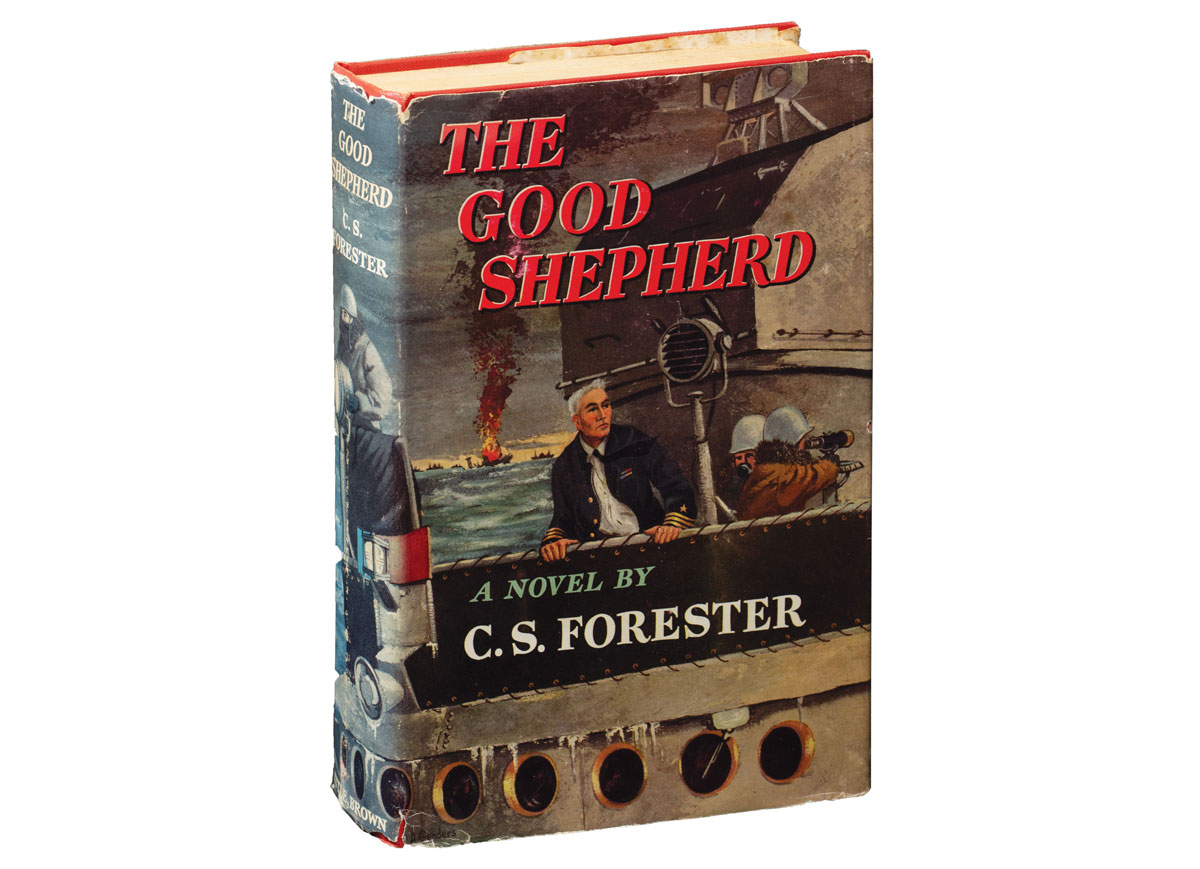
C. S. Forester has two skills which are admirably blended in “The Good Shepherd,” a first-rate novel of World War II. He is able to make us identify ourselves with the tensions and the loneliness of man, this time a man in command of many men. He also is able to make us see and hear and feel action, especially when writing of ships and the sea, so vividly that a powerful sense of participation is inevitable.
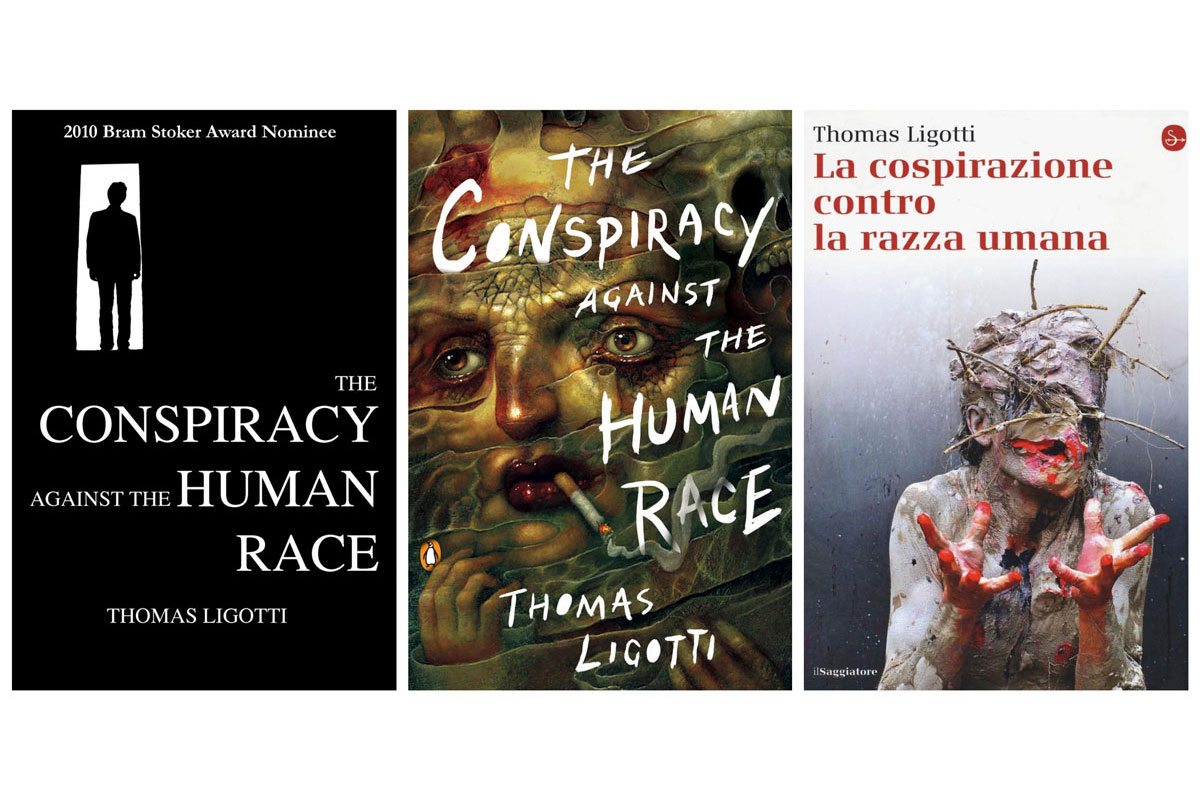
This great writer of horror presents a philosophy to curl your hair. It should force you to re-examine the roots of everything that you believe and offer you a freedom you are not likely to find anywhere else.
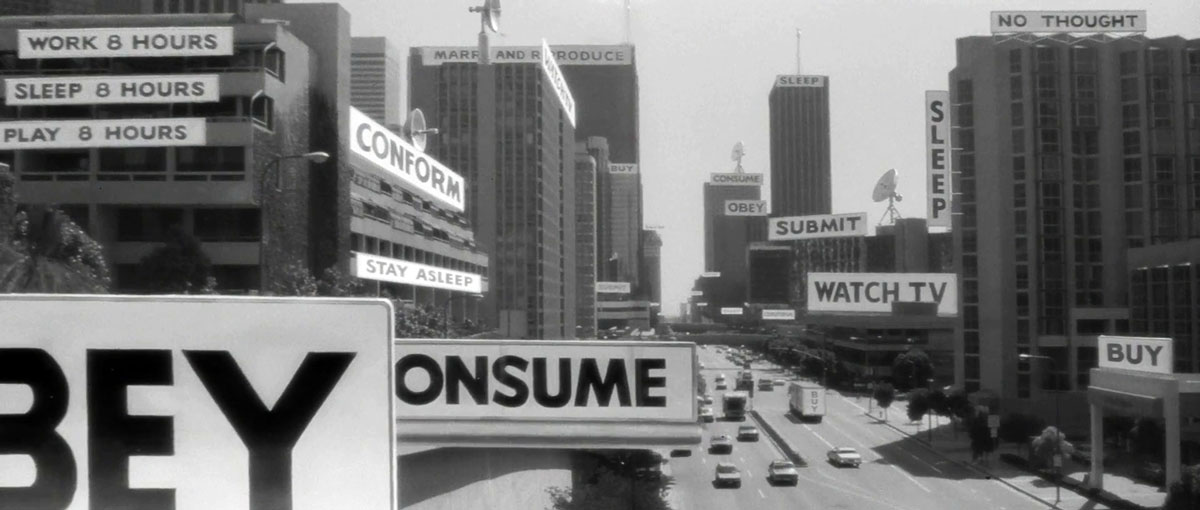
Here’s one of the classic SF paranoia stories, a tale of aliens hiding among us with nefarious schemes. One day the world may wake up to their plans. . . but it would probably be a bad idea if you did. All by yourself. Alone. Very alone…
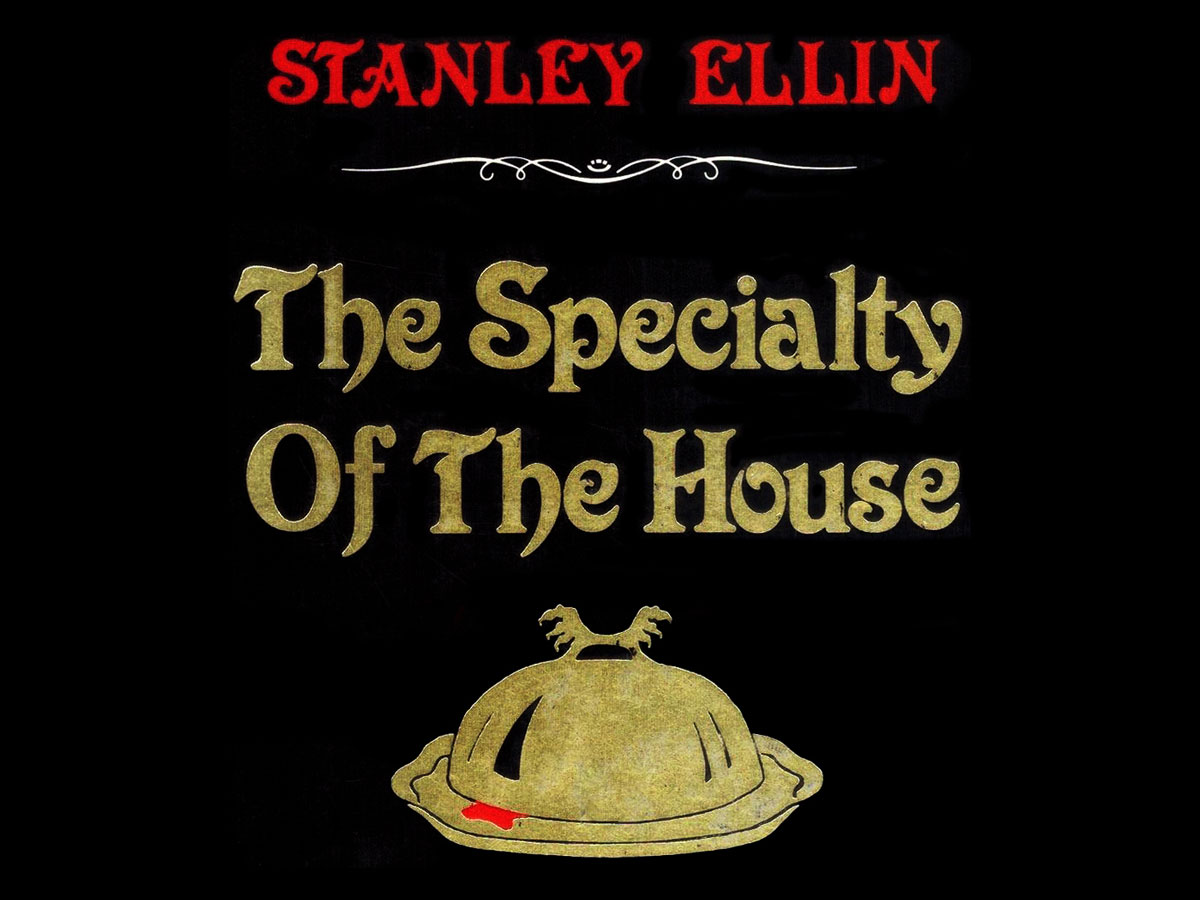
Stanley Ellin’s short story, ‘The Specialty of the House’, about a New York restaurant with a special gourmet menu, was published in Ellery Queen’s Mystery Magazine in 1948
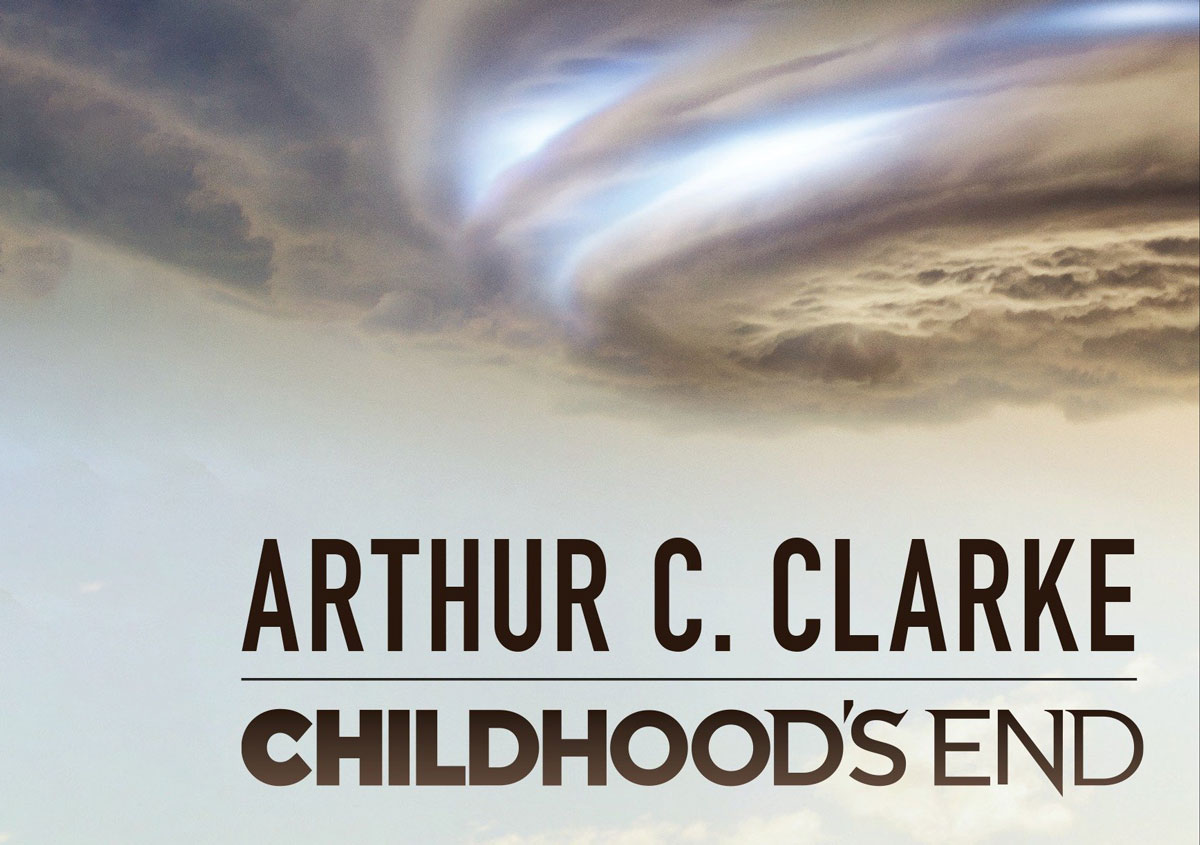
Arthur C. Clarke’s Childhood’s End is the example without peer of a highly acclaimed novel that grew from a novella. So successful, in fact, has the novel been that few readers even know of or remember the shorter form from which it came.
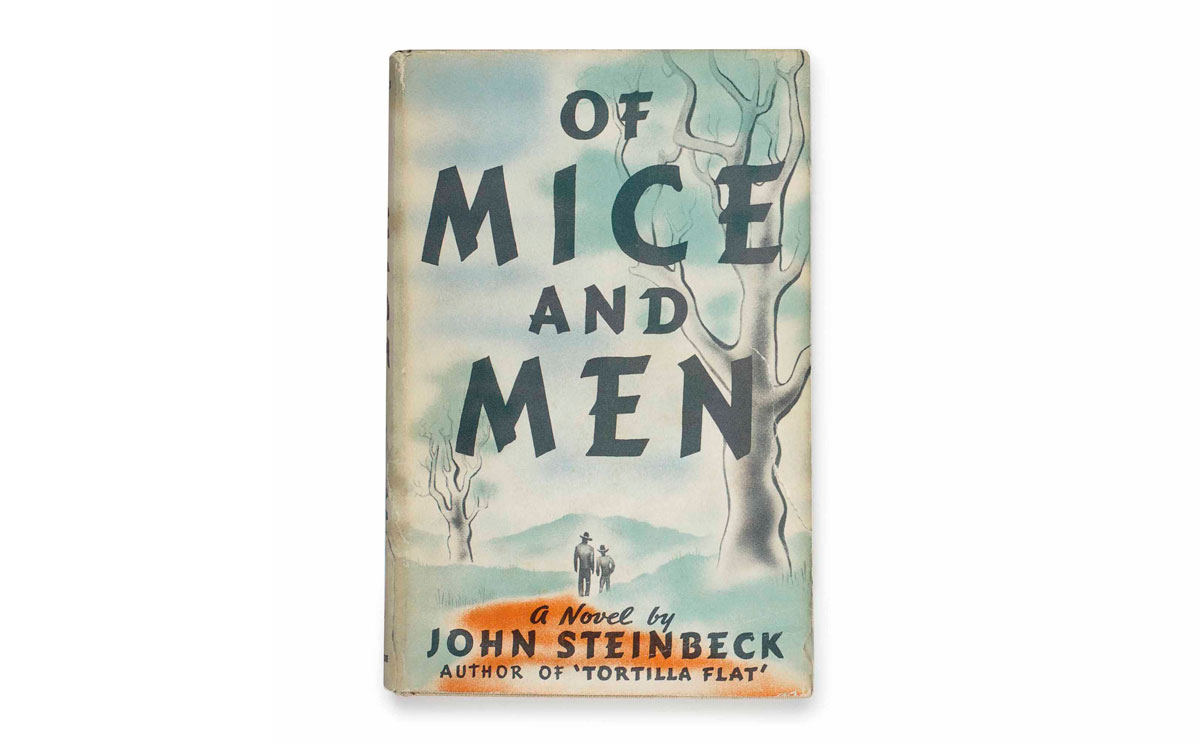
Of Mice and Men earned the dubious prestige of being the second most frequently banned book in the public school curriculum of the 1990s. Censors claim that the novella contains crude heroes who speak vulgar language and whose experiences exhibit a sadly deficient social system in the United States.

Here’s a wry little story—but one with a sting in its tail— that demonstrates that sometimes our worst enemies, as well as some unexpected allies, can literally be right under our feet…
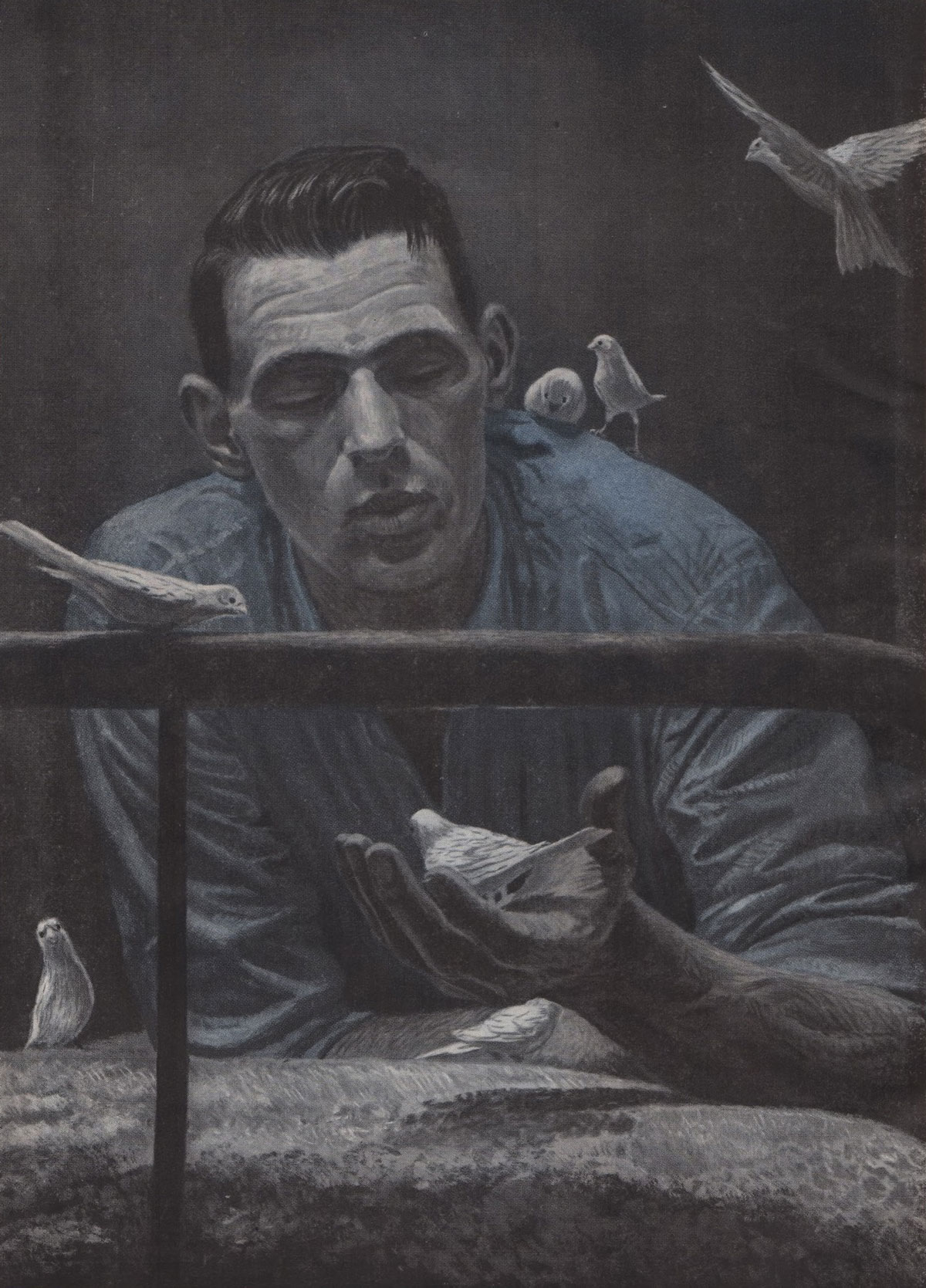
There is a man in Alcatraz who has been in isolation for thirty-seven years. This is probably longer than any other Federal prisoner has ever been kept in isolation. Steel doors shut behind Robert Stroud in 1909. Prison, in the Arabian phrase, is engraved on his eyeballs.
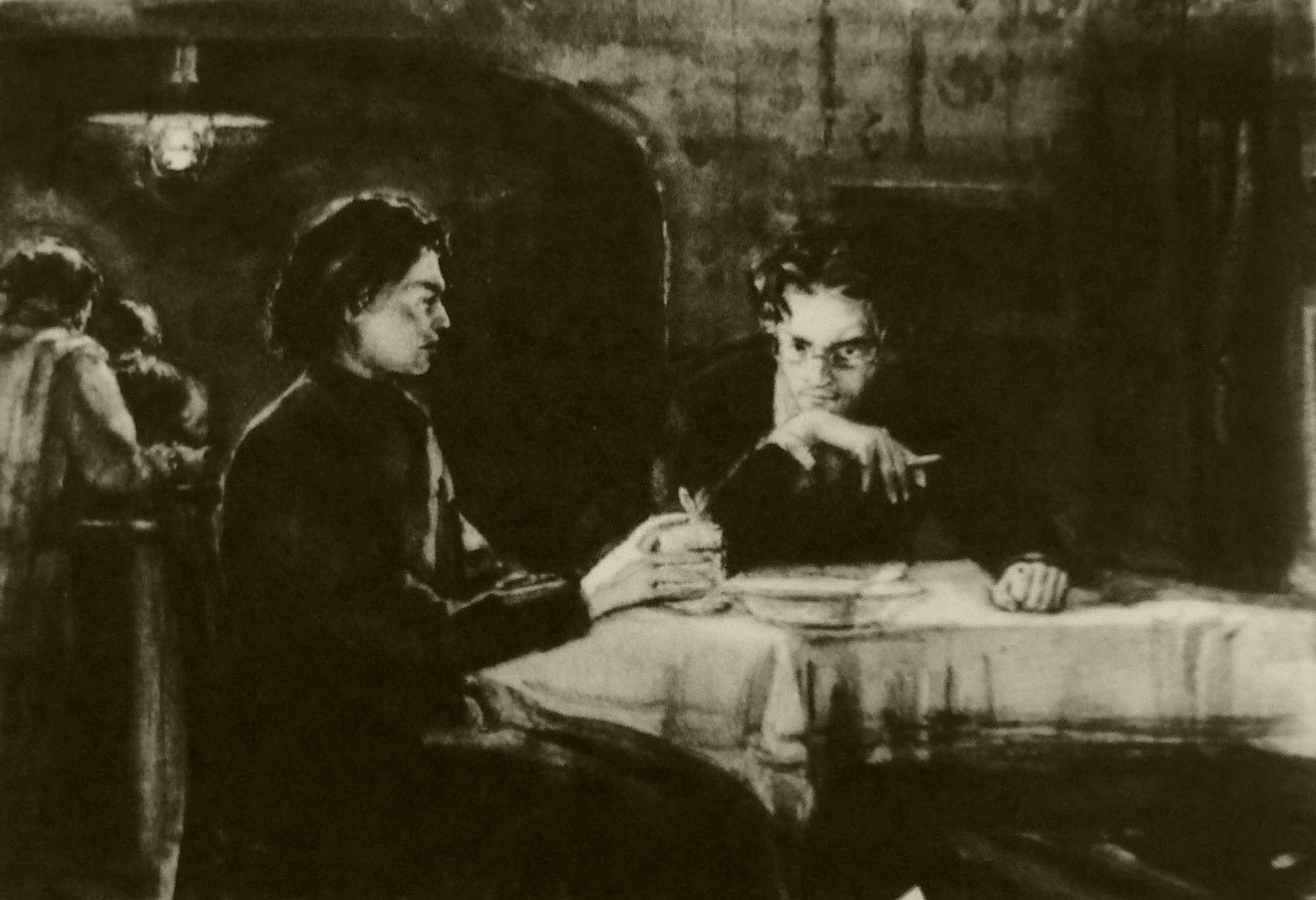
If the romantic rebel extols evil and the individual, this does not mean that he sides with mankind, but merely with himself. Dandyism, of whatever kind, is always dandyism in relation to God. The individual, in so far as he is a created being, can oppose himself only to the Creator.
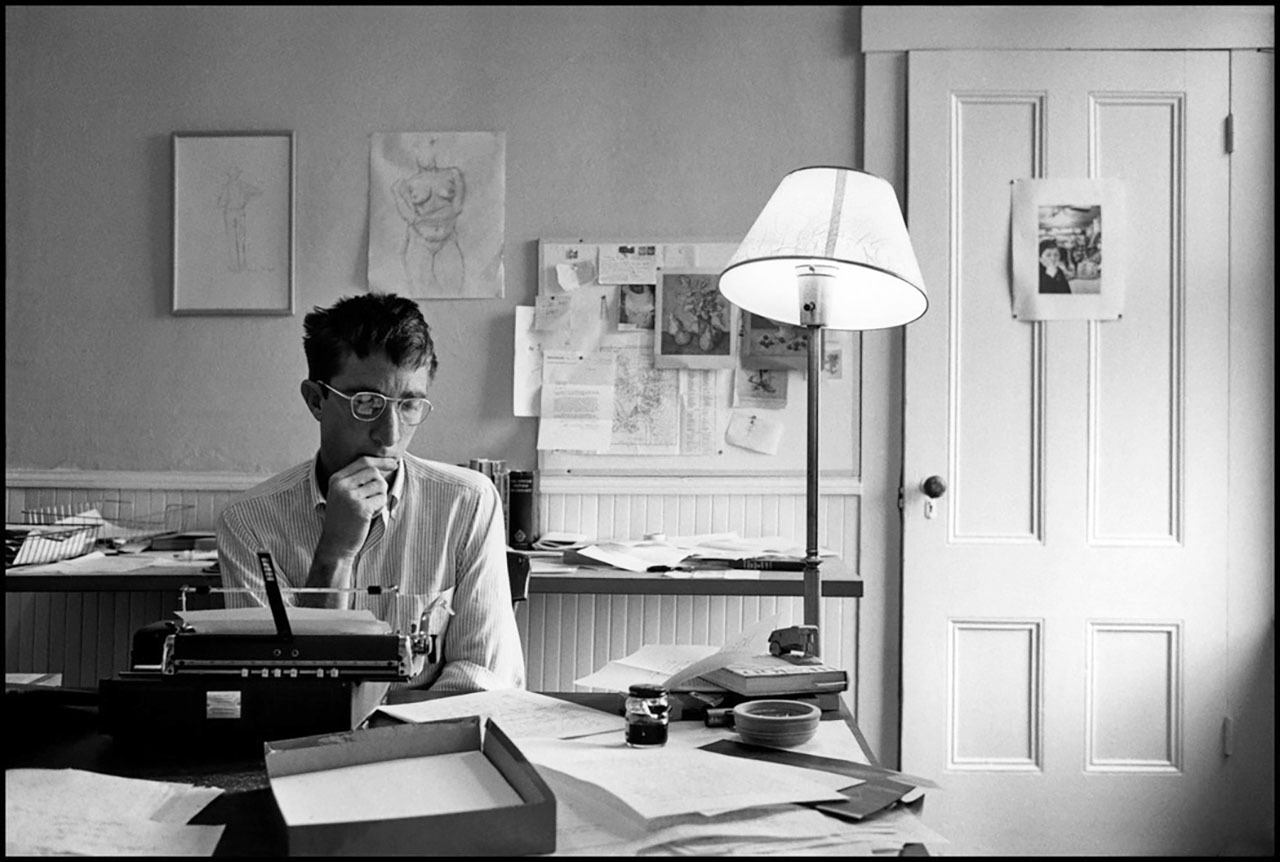
This article records the personal observations of John Updike, a highly regarded, perceptive twentieth-century American writer, on how moderately severe psoriasis has affected his life and also his thoughts about his disease and its treatment.
In this famous chapter of Dostoyevsky’s classic novel The Brothers Karamozov, Ivan and Alyosha—two of the book’s four brothers—meet at a restaurant. Though both in their early twenties, the brothers possess dramatically different personalities. Alyosha has just asked Ivan the question: “Will you explain why you don’t accept the world?” What follows is Ivan’s answer.
Get the best articles once a week directly to your inbox!